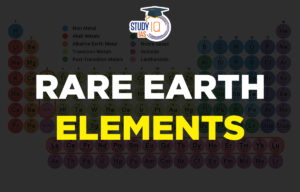Table of Contents
According to new research, three geologic sites Clearwater Mountains, Kluane Lake and Coast Mountains along the Denali Fault were once part of a single geologic feature that united two landmasses’ millions of years ago.
About Denali Fault
- Denali fault is a major intracontinental dextral (right lateral) strike-slip fault located in the southern half of Alaska in the Alaska Range.
- It extends from northwestern British Columbia, Canada to the central region of the U.S. state of Alaska.
- It is located on the boundary between the Pacific and North American tectonic plates, where the Pacific Plate is subducting beneath the North American Plate.
About Fault lines
- A fault is a fracture or zone of fractures between two blocks of rock. It is a line on the surface of the Earth that marks where two sides of a fault meet.
- Faults allow the blocks to move relative to each other. This movement may occur rapidly, in the form of an earthquake – or may occur slowly, in the form of creep.
Key Features of Denali Fault
- Seismic Activity: The Denali Fault is highly active and has been the source of significant earthquakes, such as the 2002 Denali earthquake (magnitude 7.9), one of the largest recorded in North America.
- Geological Importance: It marks the boundary between different crustal blocks, influencing the region’s topography and geological development.
- Hazard Potential: The fault poses a significant earthquake risk to communities and infrastructure in Alaska, particularly near its western segments.
The Denali Fault not only contributes to Alaska’s dynamic geology but also serves as a critical area for seismic research and hazard mitigation efforts.


 Places in News for UPSC 2025 for Prelims...
Places in News for UPSC 2025 for Prelims...
 Harnessing Spiritual Aastha for River Re...
Harnessing Spiritual Aastha for River Re...
 Rare Earth Elements, Metals, Magnets, Ap...
Rare Earth Elements, Metals, Magnets, Ap...






















